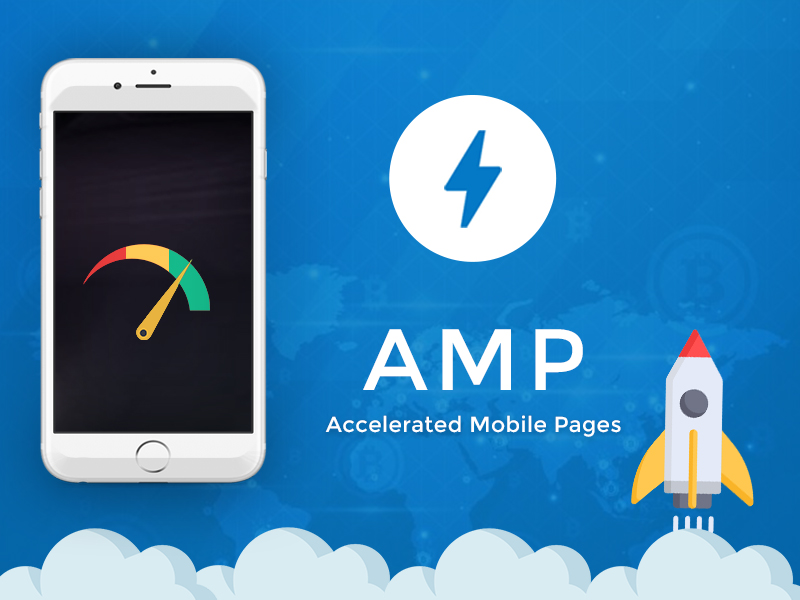A Comprehensive Guide to AMP App for Android

With the increasing popularity of mobile devices, it has become crucial for website owners to optimize their pages for mobile users. One of the most effective ways to achieve this is through the implementation of Accelerated Mobile Pages (AMP). In this comprehensive guide, we will delve into the world of AMP App for Android, exploring its features, benefits, and how to make the most out of it.
In the first section of this guide, we will provide an overview of AMP and its significance in the mobile era. We will discuss how AMP works and its impact on website loading speed and user experience. Additionally, we will explore the benefits of implementing AMP for Android devices and how it can improve your website's visibility in search engine result pages.
Section 1: Understanding AMP
In this section, we will delve into the fundamentals of AMP, explaining its core components and how it differs from traditional web pages. We will discuss the importance of AMP validation and how to ensure your AMP pages comply with the necessary requirements.
Section 2: Getting Started with AMP App for Android
Here, we will guide you through the process of setting up the AMP App for Android on your website. We will provide step-by-step instructions on how to install and configure the necessary plugins and tools to enable AMP functionality. Additionally, we will explore different customization options and how to optimize your AMP pages for better performance.
Section 3: AMP App Features and Functionality
In this section, we will dive into the various features and functionalities offered by the AMP App for Android. We will explore how AMP improves page loading speed, enhances user engagement, and boosts mobile SEO. Furthermore, we will discuss the integration of AMP with other platforms and tools to maximize its potential.
Section 4: Best Practices for AMP App Implementation
Here, we will share a comprehensive set of best practices to ensure a successful implementation of the AMP App for Android. We will discuss the importance of responsive design, proper image optimization, and effective caching techniques. Additionally, we will provide tips on how to troubleshoot common issues and optimize your AMP pages for higher conversions.
Section 5: Monitoring and Analyzing AMP Performance
In this section, we will explore different tools and techniques to monitor and analyze the performance of your AMP pages. We will discuss the importance of tracking metrics such as page load time, user engagement, and conversion rates. Moreover, we will provide insights into interpreting the data and making data-driven decisions to improve your AMP implementation.
Section 6: AMP and SEO
Here, we will delve into the relationship between AMP and SEO. We will discuss how AMP can impact your website's search engine rankings and visibility. Additionally, we will provide tips on optimizing your AMP pages for better SEO performance, including metadata optimization, structured data implementation, and the importance of mobile-friendly design.
Section 7: AMP App and Advertising
In this section, we will explore how to monetize your AMP pages and effectively implement advertising strategies. We will discuss various ad formats compatible with AMP, including native ads, display ads, and video ads. Additionally, we will provide insights into ad placement, ad performance tracking, and how to strike a balance between user experience and ad revenue.
Section 8: AMP App and E-commerce
Here, we will focus on how to leverage AMP for e-commerce websites. We will discuss the benefits of implementing AMP for product pages, cart pages, and checkout processes. Furthermore, we will explore different AMP e-commerce plugins and tools that can enhance the mobile shopping experience and drive conversions.
Section 9: AMP App for Android Updates and Future Developments
In this section, we will provide insights into the latest updates and future developments of the AMP App for Android. We will discuss any new features, improvements, or changes in the AMP framework that can impact your implementation. Moreover, we will explore the potential of AMP in the evolving mobile landscape and its implications for website owners.
Section 10: FAQs about AMP App for Android
In this final section, we will address frequently asked questions about the AMP App for Android. We will cover topics such as compatibility with different content management systems, AMP limitations, and how to troubleshoot common issues. Additionally, we will provide resources for further learning and support.
In conclusion, the AMP App for Android is a powerful tool for website owners aiming to provide a seamless and optimized mobile experience. By following this comprehensive guide, you will gain a deep understanding of AMP, its implementation, and its impact on website performance and user engagement. Embrace the power of AMP for Android to stay ahead in the mobile-driven digital landscape.

Post a Comment for "A Comprehensive Guide to AMP App for Android"
Terimakasih Telah Berkunjung Di Blog Ini, Jika Merasa Artikel Bermanfaat Jangan Lupa Untuk DiShare.
Atas Kerjasamanya Admin Mengucapkan Terimakasih.
----Katingo Take----